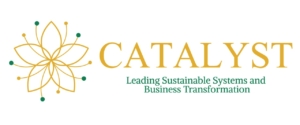Embracing the Circular Ecosystem: A Sustainable Pathway for a Greener Future
In an era defined by an ongoing climate crisis and various environmental constraints, the concept of a circular ecosystem has emerged as a beacon of hope for a sustainable future. It represents a realistic shift from the traditional linear economy to a regenerative model that seeks to minimize waste and maximize resource efficiency. By mimicking the resilience and efficiency of natural ecosystems, the circular ecosystem offers a framework for businesses, governments, and individuals to embrace sustainability, reduce their environmental footprint, and foster economic prosperity. Let us delve into the transformative potential of the circular ecosystem.
Transitioning from Linearity to Circularity
In a linear economy, the prevailing model has been one of “take-make-dispose,” where resources are extracted, transformed into products, and ultimately discarded as waste. The circular ecosystem aims to break this linear chain and foster closed-loop systems and local value chains that keep resources in use for as long as possible. This transition involves rethinking the entire life cycle of products, from design and production to consumption and disposal. It requires businesses and consumers to prioritize strategies such as redesign, reuse, refurbishment, remanufacturing, and repair to ensure that materials and products remain in circulation and retain their value over time.
Key Principles of the Circular Ecosystem
At the heart of the circular ecosystem lie several key principles that guide its implementation, drawing inspiration from global commitments such as the Paris Climate Agreement, SDGs, PRI, UN Global Compact, UNEP FI, European Green Deal, New Industrial & Innovation Strategy, and the new Circular Economy Action Plan. Firstly, there is an emphasis on designing products for longevity, durability, and reparability, ensuring they can be easily maintained and repaired. Secondly, the concept of waste is challenged, as the circular economy seeks to view waste as a valuable resource that can be reintegrated into the production cycle. Recycling and upcycling play pivotal roles in this regard. Thirdly, collaborative efforts between businesses, governments, and consumers are essential to facilitate the exchange and circulation of materials, fostering the creation of new market opportunities and value chains.
Economic and Environmental Benefits
The circular ecosystem presents strong and multi-leveleconomic and environmental benefits. By reducing dependence on finite resources, it enhances resource security and resilience, mitigating the risks associated with resource scarcity,price volatility and negative environmental externalities. Additionally, the circular model encourages innovation and the development of new business models, thereby driving economic growth and job creation, especially for the small and medium enterprises. Furthermore, it significantly reduces waste generation and greenhouse gas emissions, alleviating the strain on the environment. Through the promotion of sustainable practices, the circular ecosystem also safeguards ecosystems, conserves biodiversity, and supports climate action, ultimately fostering a greener and more sustainable planet for future generations.
Barriers and Solutions
Despite its potential, transitioning to a circular ecosystem faces certain challenges, both regarding production and consumption patterns. These include existing linear infrastructure, legal and regulatory barriers, and a lack of future-proof corporate cultures, necessary skillset and consumer awareness. However, various solutions can help overcome these hurdles. These include incentivizing circular practices through policy and financial mechanisms, fostering collaboration and knowledge sharing among stakeholders, and raising public awareness through education and communication campaigns. By addressing these barriers head-on, societies can unlock the full potential of the circular ecosystem and create a sustainable pathway for the future.
Conclusion
The circular ecosystem represents a transformative shift towards a regenerative and sustainable economy, unlocking a 5 trillion $ opportunity at a global scale, while creating more than 700k new local jobs in the EU alone. By embracing the principles of circularity, we can foster resource efficiency, reduce waste, and create a greener and more prosperous future. Transitioning to a circular economy requires collective action and collaboration between businesses, governments, and individuals. By overcoming the barriers and harnessing the economic and environmental benefits, we can pave the way for a more resilient, equitable, and sustainable world. Let us seize this opportunity to build a circular ecosystem that harmonizes with nature and secures a thriving future for all.



